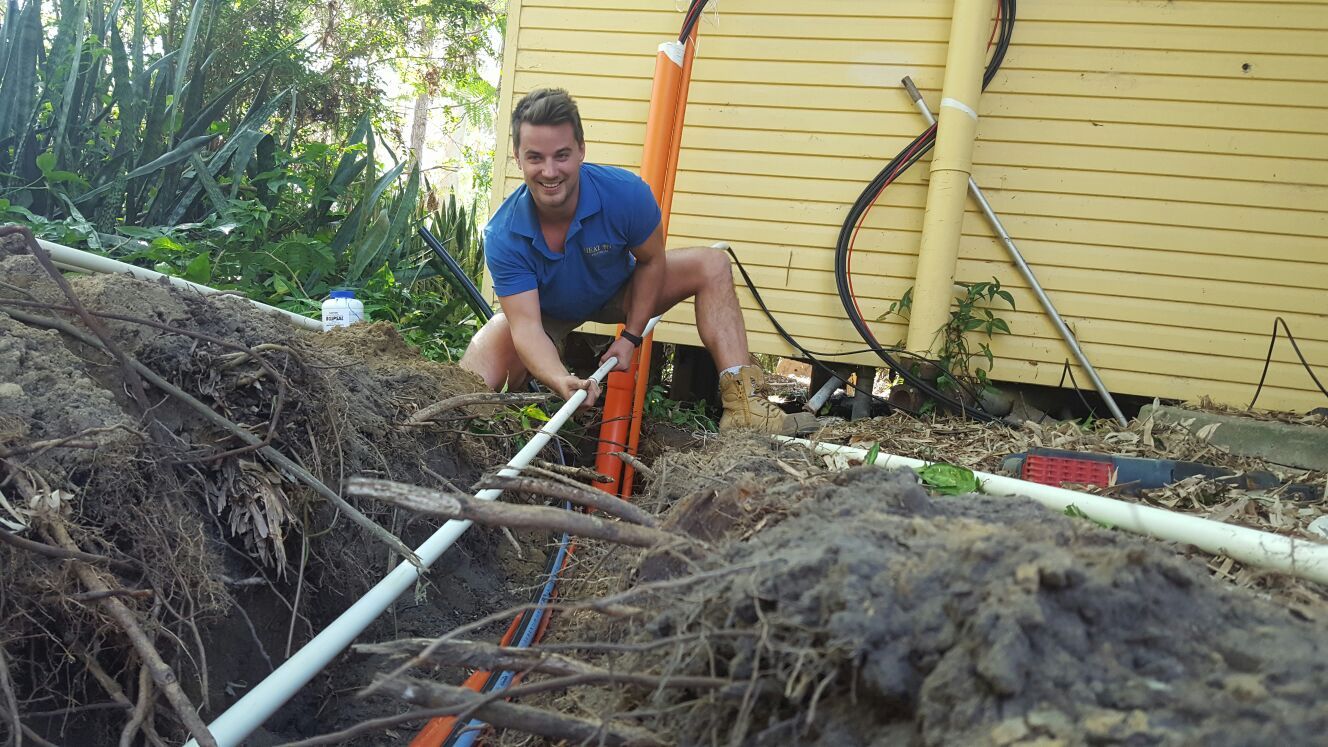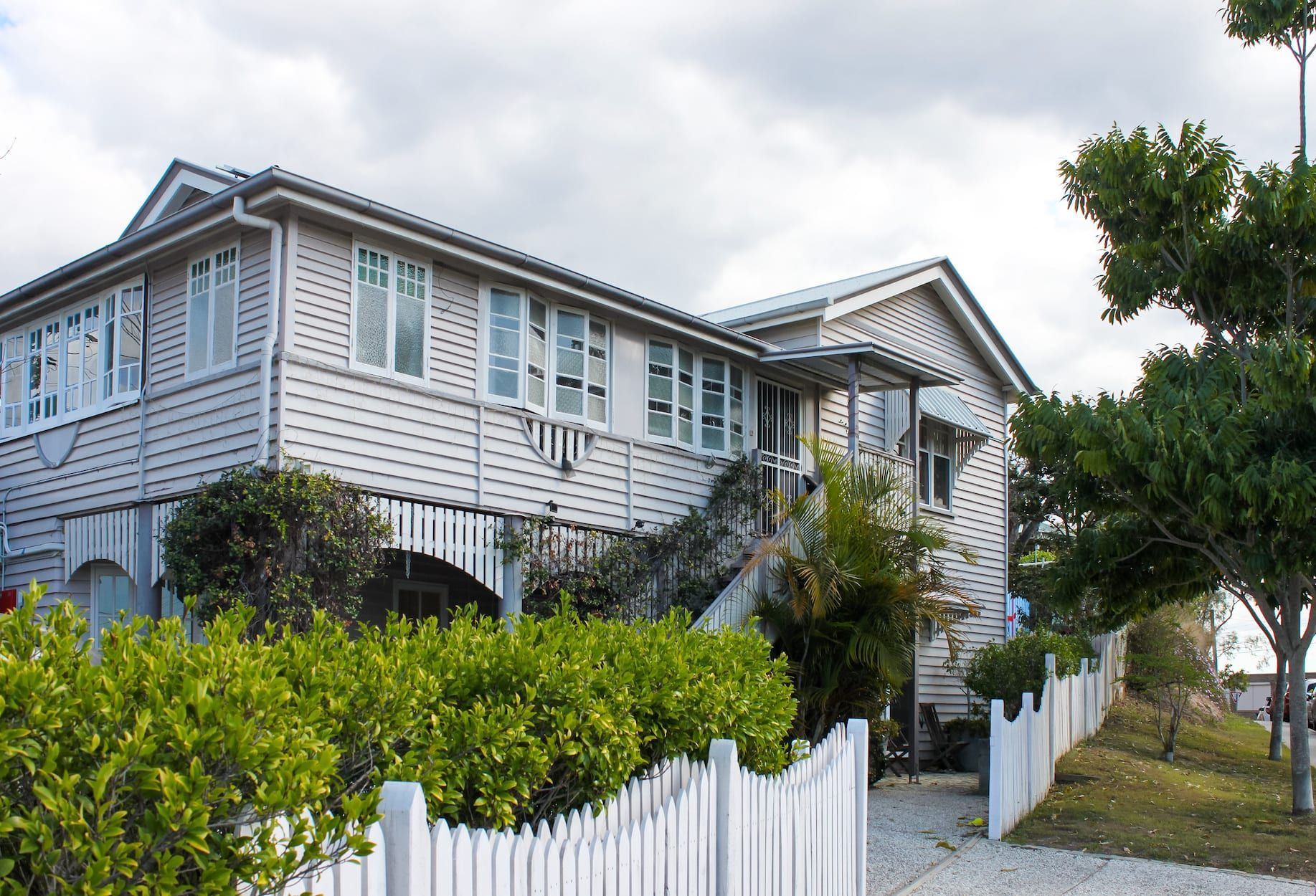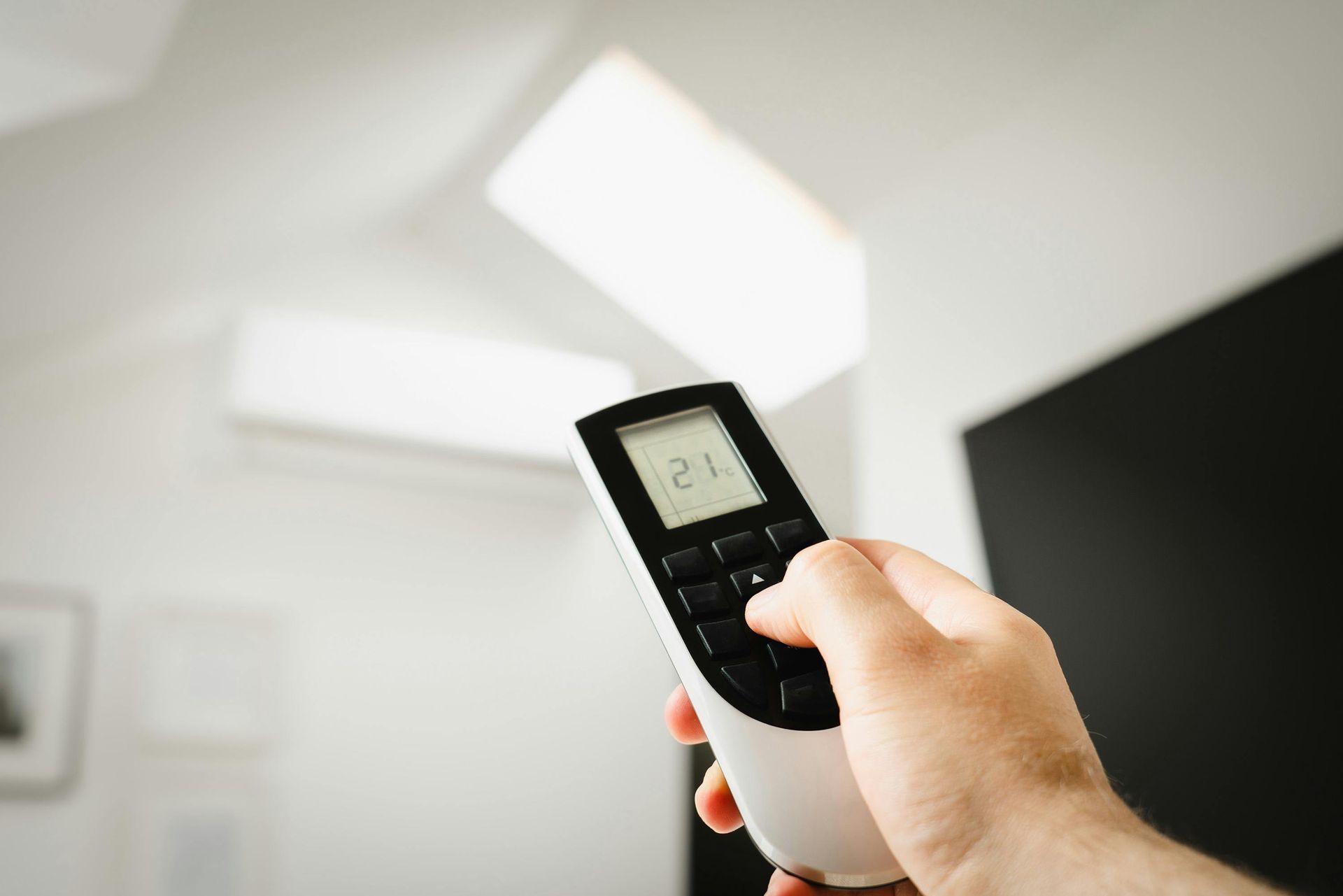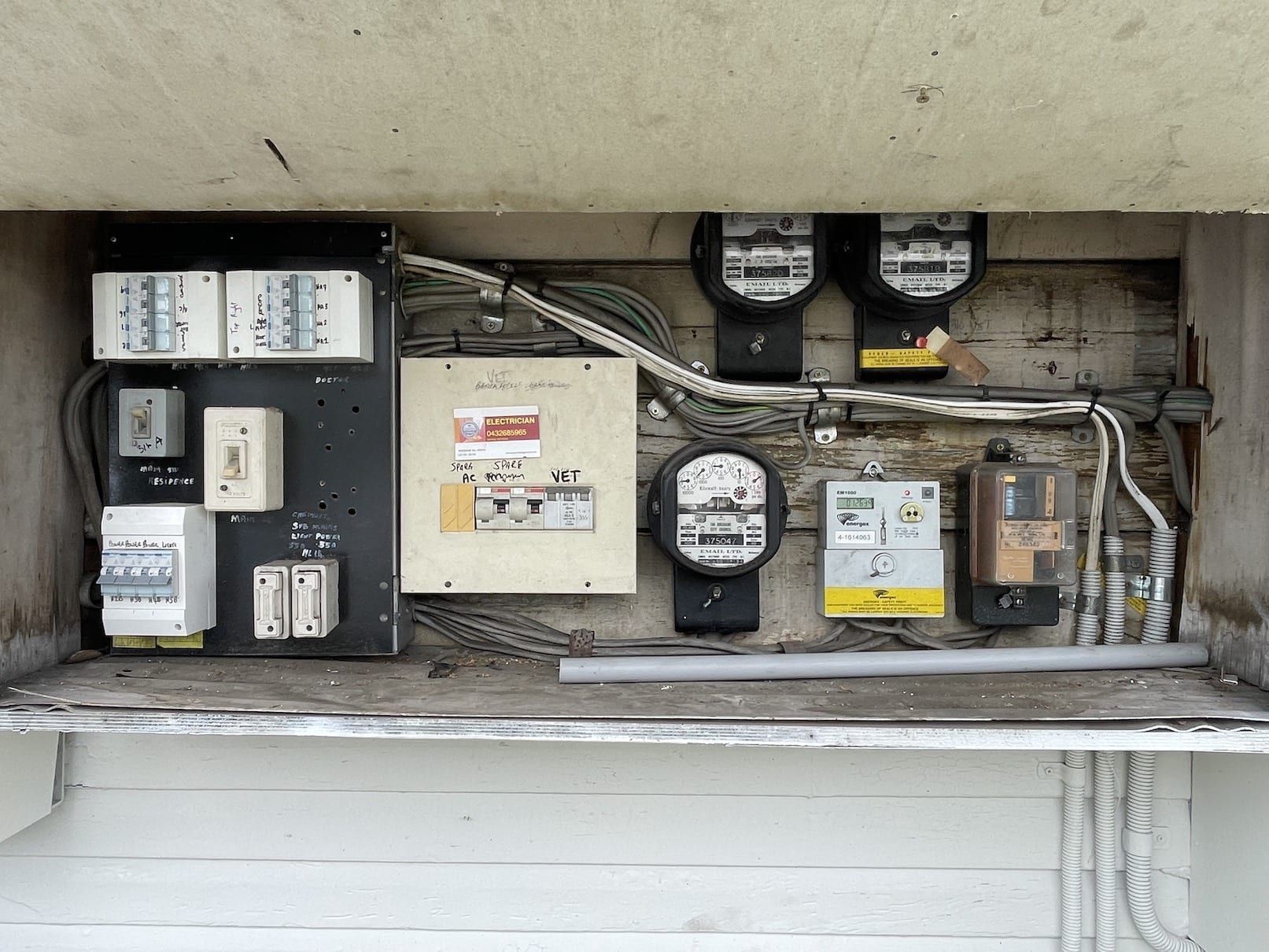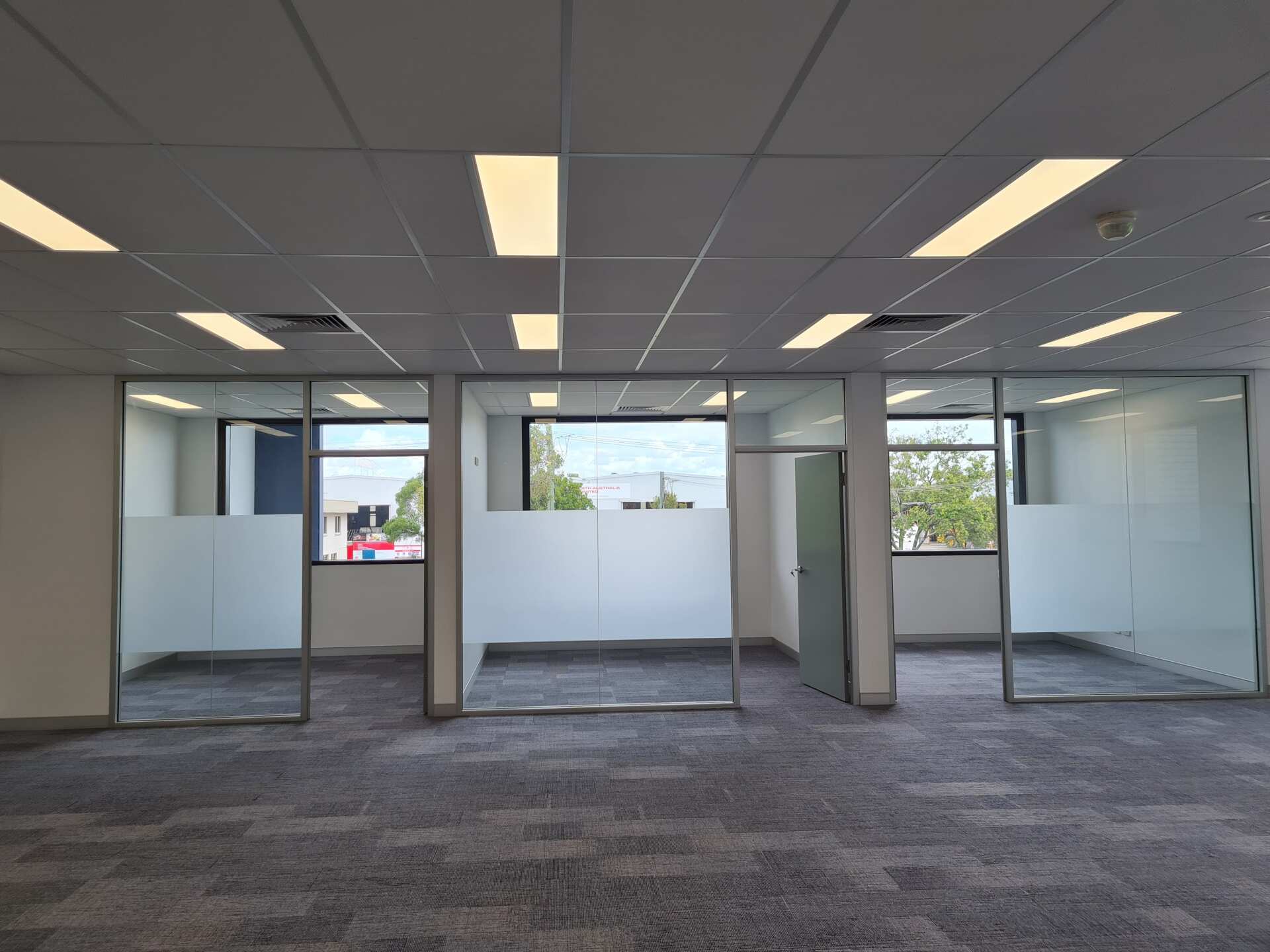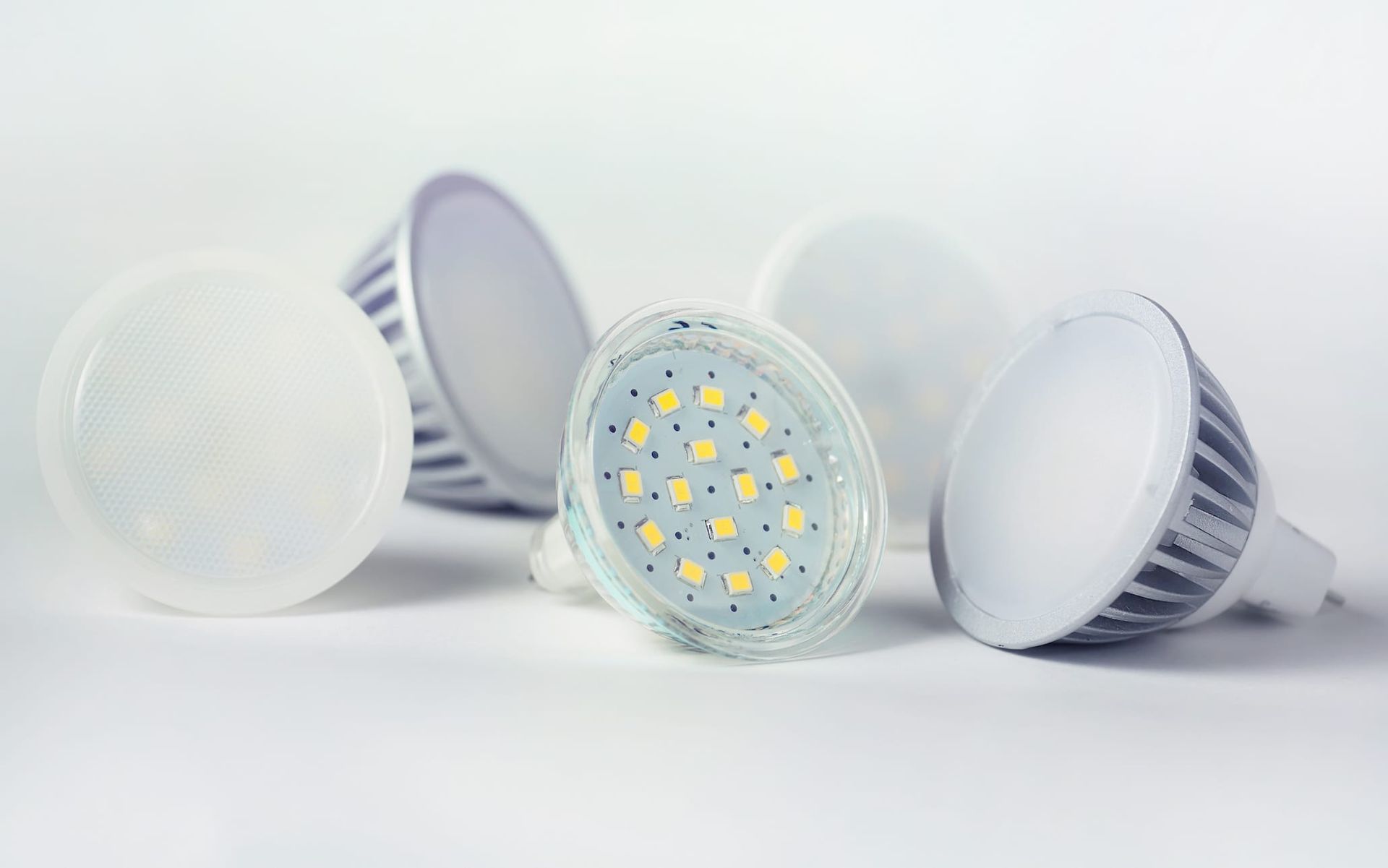
If your power bills creep up month after month, your lighting might be part of the problem.
Many homes still rely on outdated lighting setups that draw more power than they need to. Halogen downlights, basic switches, and lights left running all day without thought all add up. The good news is smart lighting gives you more control over your home’s energy use without changing your routine too much.
Smart lighting doesn’t just make life easier. It can help cut back on wasted electricity. With lights that turn off when you’re not using them or dim automatically as the day goes on, your home becomes more efficient without much effort from you. And now that spring is here, it’s a good time to review what’s running in your home and make changes that set you up for lower bills heading into the warmer months.
Understanding Smart Lighting
Smart lighting lets you control how and when your lights turn on, off, or adjust using your phone, voice, or a programmed schedule. These systems go beyond simple on or off wall switches. At their core, they usually include:
- Smart bulbs. These LED globes come with built-in technology that lets you control brightness, colour temperature, and timing through an app or device.
- Smart switches. These replace regular wall switches and allow existing bulbs to be automated, even if they’re not smart bulbs.
- Hubs or apps. Some systems connect through a central hub, while others connect straight to your phone using Wi-Fi or Bluetooth.
What makes smart lighting different from the old setup is the control you get. You don’t have to be home to turn lights off or change settings. You can set timers, link lights to other smart devices, or even create lighting scenes for different times of day. Some people connect hallway lights to motion sensors, so they dim on during the night if someone walks past but turn off when no movement is detected. It's a small change that adds comfort while preventing lights from staying on longer than needed.
Benefits Of Smart Lighting For Reducing Power Bills
Smart lighting isn’t just interesting tech. It’s a way to dial down power use and save money without giving up any comfort. Here are some of the ways these systems help lower your bills:
1. Automated schedules and timers
With timers, you can set lights to turn off every night at a certain hour or only come on during key times, like when you get home from work. This is especially useful in areas like kitchens, bathrooms, or spare rooms where people forget to flip the switch off.
2. Motion and occupancy sensors
These are great for areas where lights often get left on by mistake. A sensor can turn lights off if no one’s there after a set time. Think entryways, laundries, and garages.
3. Dimming options
Not every light needs to be at full power all the time. Many rooms benefit from lower light levels. Dimming your lights even slightly can mean using less energy long term.
4. Energy monitoring
Some setups provide real-time feedback about how much electricity your lighting uses. That can help you spot trends and choose where upgrades or habit changes will make the most difference.
The goal isn’t to take away comfort. Smart lighting helps you use lighting more thoughtfully based on your habits and the daylight already coming into your home. Once the system is set up, you barely need to think about it again, and that’s where the real savings tend to build.
Popular Smart Lighting Options
There isn’t one setup that works for everyone. It all depends on kind of control you’re after and what your current lighting system looks like. Some people want to test out a few smart bulbs. Others want their whole house connected to voice control or routines that adjust lighting from morning until night.
Here are the options you’re most likely to see:
- Smart bulbs
These are the simplest way to get started. You screw them into current light sockets and control them using an app or a device like Google Home or Alexa. They're popular for bedrooms, living rooms, and places where you want to switch up brightness or colour.
- Smart light switches
If you like how your lights feel already but want smarter control, switches are a good option. They replace the wall switch and control existing regular or LED bulbs. These are helpful for rooms with multiple globes or shared use. Plus, guests can still use the light switch normally.
- Complete smart lighting systems
These larger systems connect through a hub and let you manage lights in groups by room or activity. From one app, you can adjust anything from kitchen lights to outdoor areas. These systems usually work more smoothly across different devices and allow integration with other smart tech.
You’ll want to factor in how many lights you plan to control, how your home is wired, and how you like to interact with your devices. Some people prefer voice commands while others like to set schedules. Whatever you choose, stick with compatible tech that works well together.
Tips For Implementing Smart Lighting In Your Home
Setting yourself up for success means doing a little groundwork before you buy anything. Adding a few smart bulbs to random spots may not help much if you’re still using physical switches or have lights in key zones running full power 24/7.
Here’s what we suggest:
1. Match the tech to your routine
If your schedule is predictable, timed lights might be all you need. If things are more fluid in your household, motion sensors or app control may suit better. Dimmers also go a long way in shared spaces that serve multiple purposes.
2. Avoid mixing different systems
Brands don’t always play nice with each other. Too many different devices might cause glitches or limit function. Pick a reliable range with known compatibility across lighting and other smart controls.
3. Leave the setup to a licensed electrician
Anyone can screw in a smart globe, but swapping out wall switches or wiring in hubs and motion sensors is better left to qualified professionals. You’ll get safer installs and save yourself a lot of time and trouble.
4. Stay on top of system updates
Smart lighting works on software that needs updating now and then to fix bugs and add features. These updates can help keep your setup secure and functioning as expected.
Treat smart lighting as a smart home improvement step, not just a gadget upgrade. You don’t need a massive budget or a full overhaul to see results. Simply focusing on high-use areas and common habits can make a noticeable difference in your power use.
Light Up Your Savings With Smart Choices
Upgrading to smart lighting is one of those rare changes around the home that’s low-effort but brings big results. You get more control over how light is used throughout the day, without having to think about it all the time. From switching off lights when no one’s around to adjusting brightness to what you actually need, the savings add up quietly in the background.
Spring is the perfect time to rethink your lighting habits. As we all start fresh with the new season, it helps to fine-tune what’s using energy around the house. If you’re already doing a seasonal clean or prepping for warmer weather, swapping in a few smart solutions now could set you up for a smoother summer ahead.
Even small changes like adding sensors in hallways or upgrading lounge room lighting with automated dimmers can make a big difference. And when it’s installed the right way, with reliable products and proper wiring, smart lighting feels less like a tech trend and more like a natural part of home living.
Ready to make smart lighting part of your home setup? Let Heat On Electrical guide you through smart upgrades that help lower your energy bills while making everyday life easier. Whether it's replacing outdated fixtures or setting up automated systems, we’re here to help. Learn more about our home improvements and find out how we can make your space more efficient this season.




